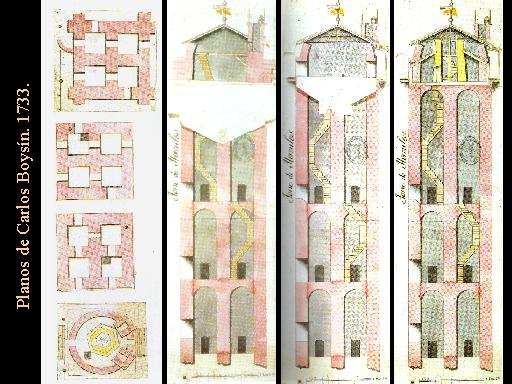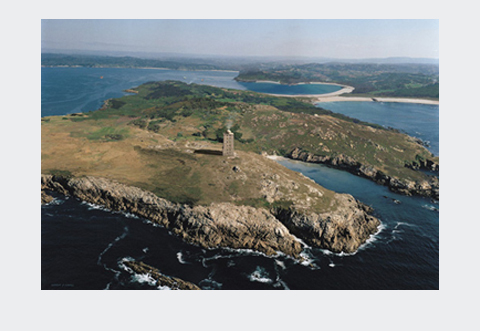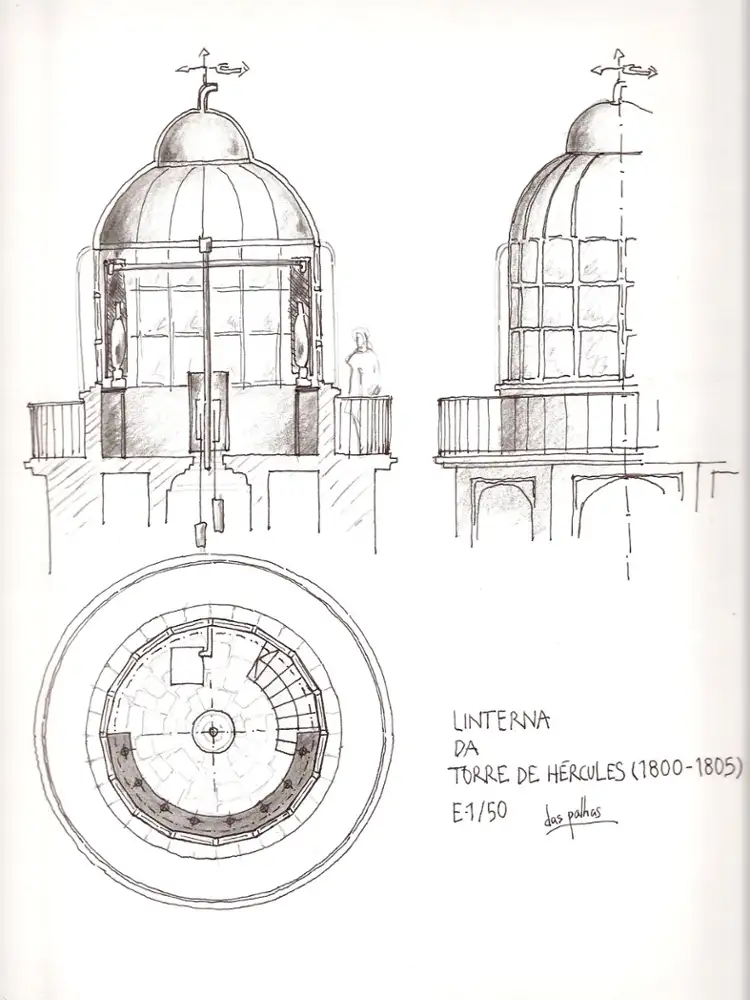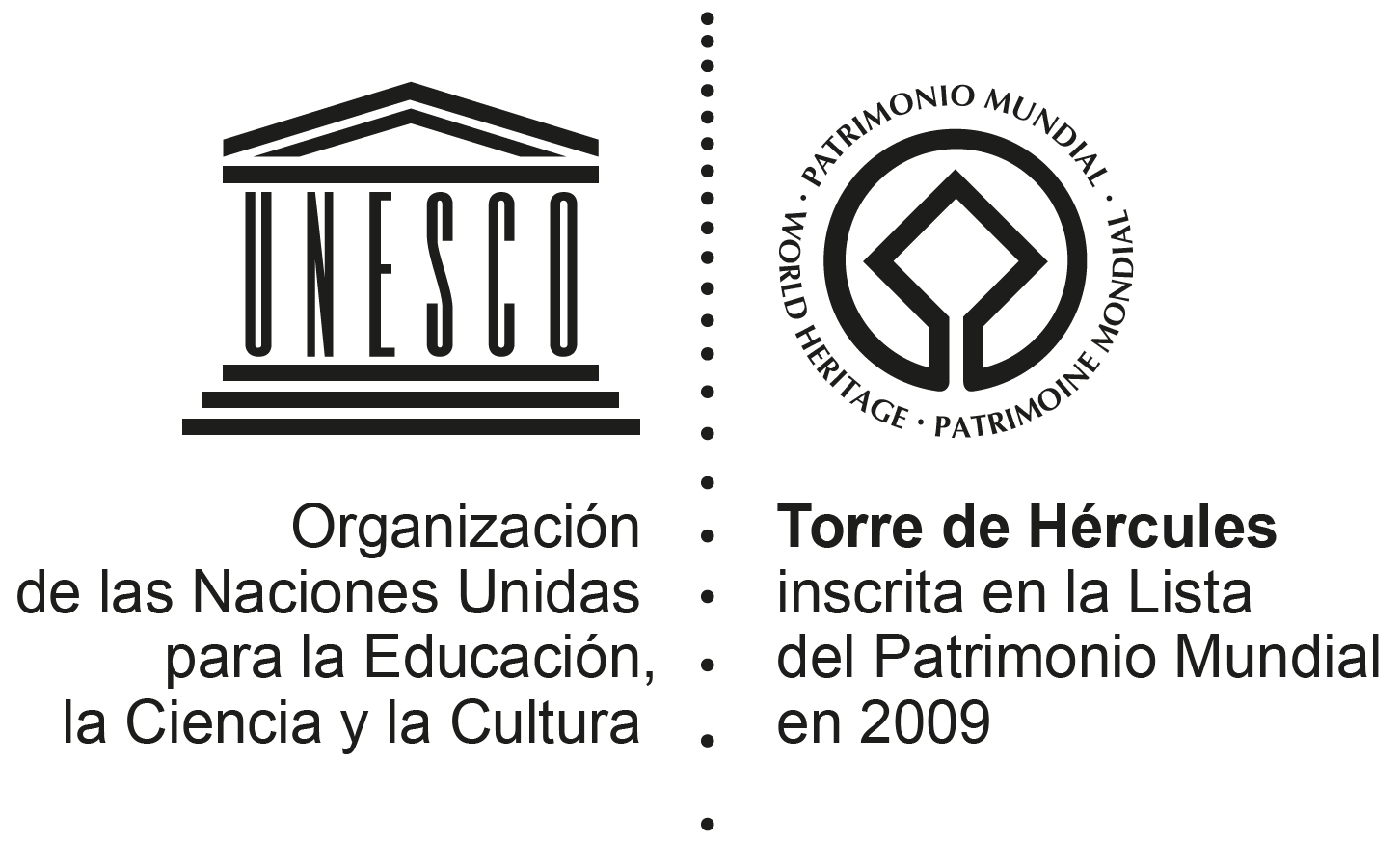The Modern Age

It was in the 16th century that the first steps were taken towards the recovery of the monument. Once restored, the remains of the Roman lighthouse would once again, at the end of the 17th century, become one of the main bastions for orienting ships in the north-west of Spain.
In the mid-16th century, the residents still found the tower to be an inexhaustible quarry of stone for the new buildings that were being built in the city. Time and again, the city council, as owner of the lighthouse, prohibited the extraction of material, but with little success. It also undertook a series of efforts to consolidate and improve the building, such as the purchase of wood in 1537 and 1562 to build an interior staircase that would allow access to the lighthouse lantern via the chambers, as the exterior ramp had disappeared.
During this recovery phase, it is possible that the lighthouse was back in operation because maritime traffic intensified significantly due to peninsular trade and international trade with Europe and America. A Coruña then became a strategic Atlantic port, due to its privileged position at the bottom of a wide estuary and sheltered from the storms of the ocean. Its location, however, came with the added difficulty of a narrow access route that made the manoeuvre of entering the port very complex for navigators unfamiliar with this stretch of coast. Given these circumstances, it seems obvious that the town council, when it began its gradual improvements to the tower, was thinking of recovering the old lighthouse for maritime use, to serve as a beacon and a watchtower, but also as a maritime signal, resuming its old function. In fact, the image of the lighthouse is included in the cartography of the period, and the nautical charts of England, a potential enemy of Spain, reference the tower.
In 1684, the Duke of Uceda, governor and Captain General of the Kingdom of Galicia, ordered the construction of an interior wooden staircase and a small balcony at the top. Around the same time, the consuls of England, Holland and Flanders proposed the construction of two small stone turrets to hold oil-powered lanterns. Thus, gradually, the tower recovered its original function while commercial traffic in the area revived. The Duke authorised the project and commissioned the architect Amaro Antúnez from A Coruña to carry it out. This work and the maintenance on the lamps were paid for by a newly created tax to be paid by ships arriving in Galician ports.








